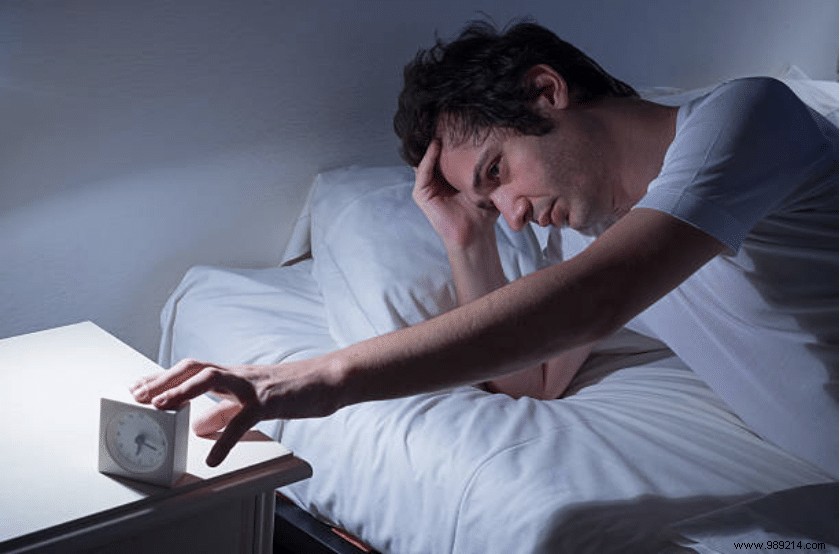For several years now, the scientific community and the medical profession have been sounding the alarm. Indeed, and unlike our ancestors, most of us are accumulating a sleep debt that is detrimental to our health. It is therefore necessary to reverse the trend. But how to do it ? Very specific technologies have been developed to make it easier for us to fall into the arms of Morpheus.
The rise in questions around the quantity – and quality – of sleep in recent years has drawn attention to the relationship that we can individually have with our bed. And the results can only challenge us. In addition to "classic" sleep disorders such as sleep apnea, insomnia, somnambulism and others, there are new problems like stress. The result:sleep deprivation has never been greater.
Indeed, the consequences of this deficiency that have been identified over the course of studies are multiple. In particular, we can cite an increased risk of contracting cardiovascular problems or Alzheimer's disease, potential weight gain, skin deterioration, fluctuating emotions, etc. Nothing too encouraging, in short. And if this research was carried out at the dawn of the 21st century, it is no coincidence.
We have never had to experience screens so much , so much so that it is now a question of dependency for some people. Added to the blue light which increases the time to fall asleep and disturbs the nights, it is the main cause of the accumulation of sleep delay. But if screens appear to be our greatest enemies in the quest for restful nights, could it be that new technologies can get us out of this mess?

More and more brands and companies are therefore using the aforementioned paradox to try to reverse the trend and reconcile us with our pillow. Here is an overview of these technologies that are our best allies in the quest for optimal sleep!
This is more specifically a weighted blanket , which as its name suggests has a certain weight supposed to promote sleep. Raphaël - a member of our team - was also able to test the Eclipse plaid for free, and here is his testimonial:
“I tested the weighted blanket. The first impression when you go to bed with this type of blanket is the weight that surrounds you, unlike a classic duvet, you really feel “entwined” since gravity causes the blanket to exert a slight pressure on the body . It must be well distributed over the body and not hang over the edge of the bed, otherwise the weight may become awkward in places. After several nights, my sleep seems to be more peaceful , restlessness during the night is reduced, especially with regard to the problem of heavy legs. Only negative point, it is still a little less comfortable than a classic duvet, especially when you are used to something soft. »
Like the micro-bead blanket, connected bedding reveals many tricks to help you fall asleep and sleep during the night. Note for example the pillows with integrated air conditioning . Like connected mattresses, some record movements and identify different sleep cycles. The information is sent to a dedicated smartphone application, which allows you to better understand your sleep.

It is possible to find several kinds for sale. For example, there are earphones like the Boose Sleepbuds which are intended to attenuate surrounding noise and play relaxing music. Others offer more sleep cycle monitoring using sensors. This is the case of the Philips SmartSleep or the URGO helmet – among others.
These are most often connected to a phone app that analyzes sleep cycles and brain activity . Where the first detects the deep sleep phase and broadcasts white noise to consolidate sleep, the second is used during the day. It exercises the brain for about twenty minutes to improve sleep on a daily basis.
A little paradoxical when we know that their blue light disturbs our sleep, right? But there is a first solution. Why not start by installing an application that allows you to manage the brightness of the screen and which attenuates the blue reflections? There are plenty for this purpose. On the other hand, whether it's about changing your sleep habits or simply getting to know your circadian rhythm better, many applications offer personalized monitoring. We have already mentioned those that work in conjunction with a connected helmet or mattress.
Some can also be used as is, and offer detailed sleep monitoring users. Among those that present some of their features for free are, for example, Sleep Better Runstastic, Sleep Bot or Google Fit. Others also offer white noise sounds or relaxing music to help you fall asleep, while many program alarms adapted to the different waking phases .
Related Articles: